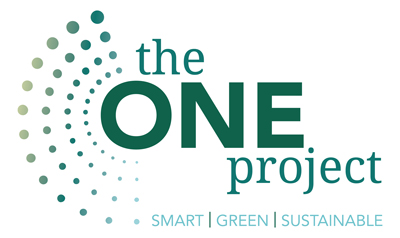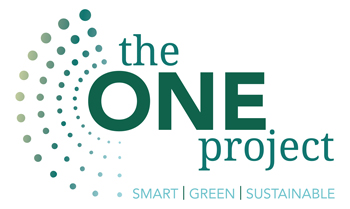The ONE meeting is the key element of the ONE approach. It is about ONE face-to-face meeting once in the lifetime of a transnational project. The mode of deploying this ONE meeting depends on your expected achievements and the time you actually can meet face-to-face.
THE ONE MEETING FOR THE ONERS
Applying the ONE approach means that the ONE meeting is dedicated to the project partners. It is about getting to know each other, learning about new perspectives and building understanding. It is about sharing different cultural backgrounds, delving into foreign surroundings and having new, unexpected and surprising experiences. Depending on your project, the ONE meeting could take place at different stages of your project.
ONE Learning
In our case, the ONE meeting did not take place at the beginning as planned – due to unforeseen events and the impossibility to travel. And so, we did experience what we tried to put at the core of our project: constant changes that forced us to frame the ONE meeting anew, postpone it again and again and find new ways of bonding and re-bonding in our partnership. Yet, we thought through what the ONE meeting could be.
THE ONE MEETING AS AN OPENER
Using the ONE meeting as an opener to your project, or in a very early stage, has many advantages. It helps all partners (or at least those who can be there) to have a cultural warm-up, to get to know each other and to share informal and social moments with each other. This supports a first bonding in the partnership, becoming ONE team and facilitating the work to come.
ONE Learning
As our ONE meeting could not take place as planned early in the project, we ran a kick-off meeting online instead and tried to share social and some cultural moments while also starting off the project.
THE ONE MEETING AS A MID-TERM MEETING
Following the ONE approach, the ONE meeting as a mid-term meeting provides the opportunity to get the excitement and flavour of finally meeting face-to-face and to deepen the partnership. At the same time, you can already evaluate the first products of the joint work and reflect on how the partnership works, what is good and what needs to be changed. Furthermore, it is a good moment to discuss topics around exploitation, sustainability and impact as there is still enough time to stir things up again.
ONE Learning
Our ONE meeting as mid-term meeting could not take place as planned. We had to rethink both what we could accomplish online and what we needed in the specific situation of the project. We then had an online meeting as a twofold event: One day for including stakeholders for discussion in focus groups with topics such as dissemination, user participation and multiplier events, as well as sustainability and exploitation; and one day for us only: for
reflection on our work, for sharing social activities (gymnastics, drawing, gaming) and for taking the time to discuss in small groups openly about things to drop and things to change. We closed this event with new ideas, a refreshed partnership and some changes for our further work.
THE ONE MEETING AS A CLOSING EVENT
Using the ONE meeting as a closing event can be suitable for celebrating the achieved project goals and results. After the achievement of project results, it is also a good moment to reflect on sustainability issues and to brainstorm new and follow-up projects. Overall, it is the best time to celebrate and to exchange stories that have not been shared before.
ONE Learning
We are in good spirits that this meeting will take place face-to-face as a closing event – with a few months to go. What we know is that even if the circumstances change and the meeting cannot take place face-to-face, we have learned by now how to cope with it and how to make our final ONE meeting a multifaceted and unforgettable online event for all of us.
MORE THAN ONE MEETING?
The ONE approach is about ONE face-to-face meeting only. Yet, our experience shows that there could be several meetings that help partners grow together and become strong – to share not only the project progress and deliverables but also social and cultural values that help develop a better understanding for each other. For this second objective we had two online meetings during the lifetime of our two-year project that did successfully replace face-to-face meetings.
How to succeed
As you could see, switching to online is always an option, and sometimes the only one you have. However, most (online) meetings are too long and the focus gets lost easily. Furthermore, most participants are not using their native language, which can be tiring. Here are some key aspects that need to be considered especially when planning meetings – be it online or face-to-face:
➜ Instead of long online meetings, plan shorter interactive sessions that allow more productive work, on several days if necessary.
➜ Don’t forget to plan breaks and make sure meetings are well structured and have an agenda and clear objectives, vary the format of meetings and use interactive tools.
➜ Try to involve activities for relaxation, creativity and social engagement, not least for raising team spirits and supporting (re-)bonding.

